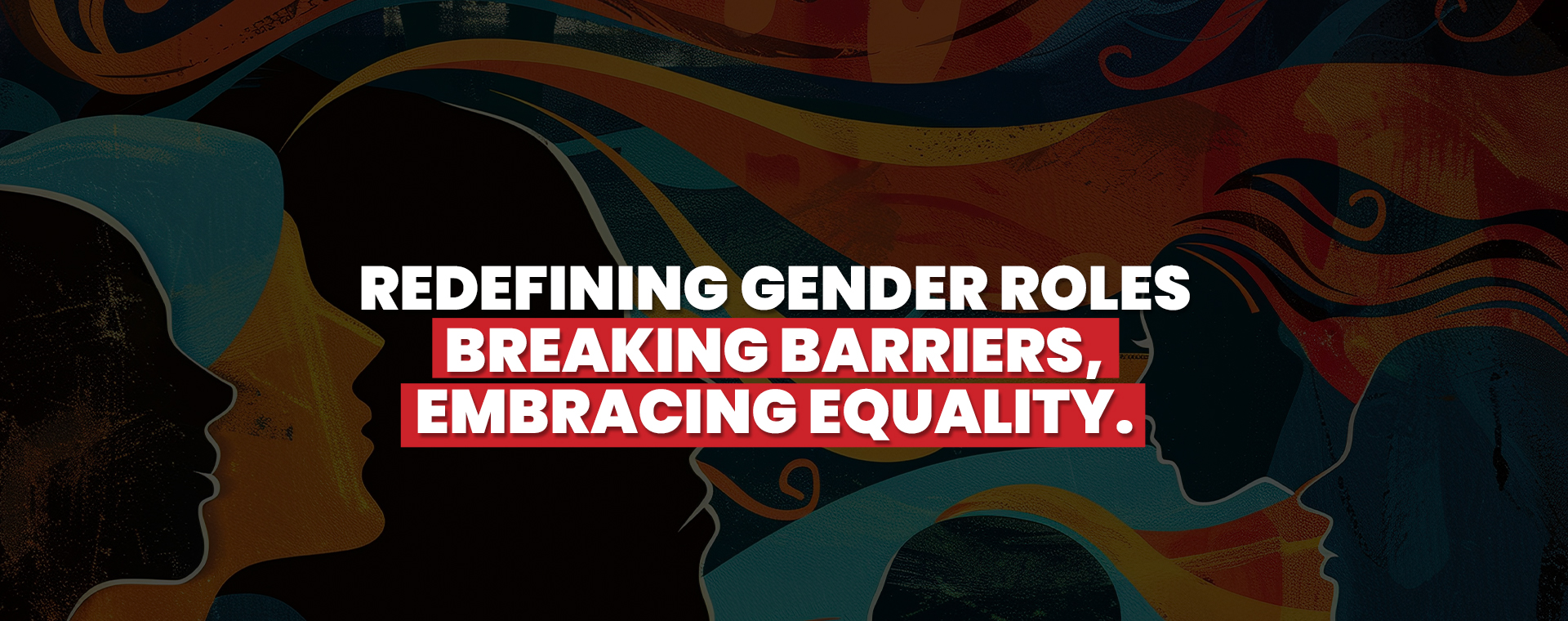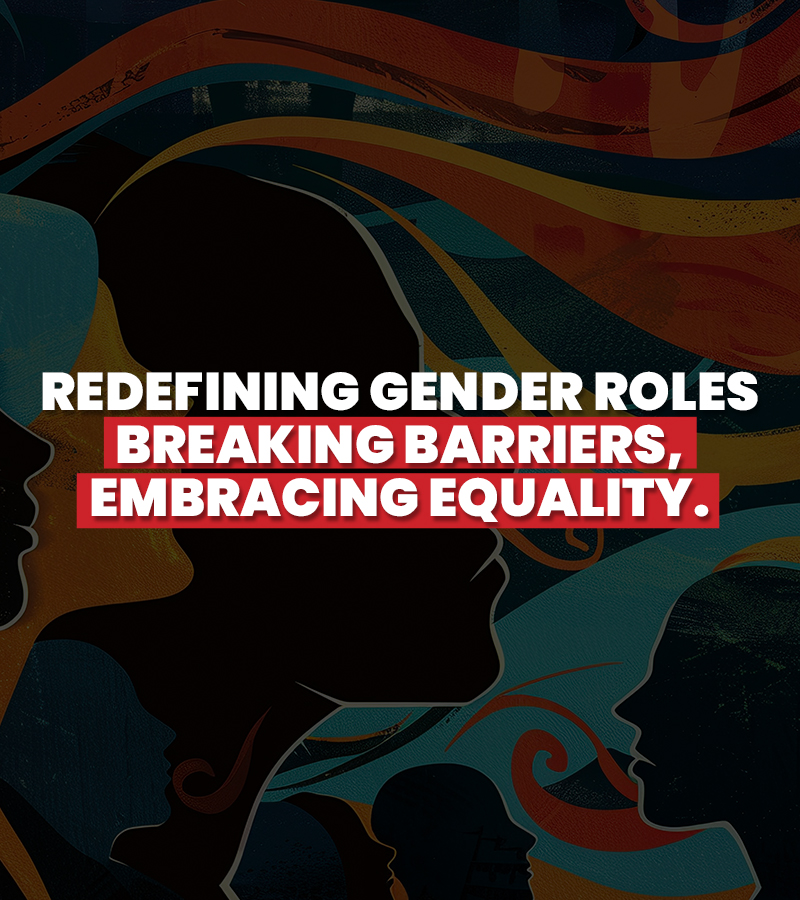

Gender Dynamics in Indian Society: Past, Present, and Future
Ready to challenge the norm and ditch outdated roles? We’re here to decipher how gender dynamics in India are shifting… for the better.
From managing kingdoms to managing kitchens — Indian women have shown their superior leadership prowess time and again. Their roles have evolved through societal, political, and economic changes, shifting the gender dynamics in a traditional yet modernizing country.
Gender dynamics in a country like India has been both fascinating and frustrating. From Draupadi and Sita challenging norms to modern-day debates in the realms of Instagram comments, the ball is always rolling. But while some things are changing for the better, others remain as stubbornly outdated.
So, today, we dive into how far we’ve come, where we’re at, and where we’re headed when it comes to gender dynamics in Indian society.
A Look into the Past: When the Kitchen Was a Woman’s Karma
We’ve all grown up listening to the fact that women belong in the kitchen but it’s only a couple of decades ago that people started questioning the “fact.” In ancient scriptures, women were depicted as strong, intelligent, and powerful — the most monumental examples being Draupadi and Sita; one who gave Kauravas a lesson in respect and another who walked through fire to prove her worth. On one hand, these revered goddesses fought patriarchal oppressions, but on the other, they were also often relegated to the role of ideal wife or mother, with little breathing room.
By the medieval era, post several invasions, rigid caste systems, and religious interpretations, gender norms became more strict. Practices like balika vadhu, sati, and purdah further oppressed women’s right to freedom. Fast forward a few centuries and we came up with terms like “Man of the house” while women were crowned the keepers of the household. Gender roles kept traveling through generations like family heirlooms, marinated in cultural practices and religious beliefs.
The Present: Women are Claiming the Boardroom and the Barbell
Let’s talk about what’s happening now. The 21st century has seen women step into their own, breaching a once male-dominated environment — from the boardroom to the barbell, and even the battlefield of business ownership. Thanks to urbanization, quality education, and the rise of feminism, women of today are confident enough to pursue their dreams that were once confined to the kitchen. There are more female CEOs, politicians, and startup founders than our ancestors could ever imagine. And Bollywood is leading the charge in this aspect as well. In movies like Raazi, Mardaani, NH-10, and more, women aren’t just arm candy but the real superheroes of the plot.
But let’s not get too comfortable. While women have and will keep shattering glass ceilings, they’re still facing the dual onus of balancing the career and the household. As much as we’d like to believe that times have changed, this 5-to-9 after the gruesome 9-to-5 is draining and criminally unfair. And let’s not even touch the pay gap topic — because, despite doing all of this and beyond, men still get paid more for doing the same job.
Today’s Indian woman, however, isn’t pulling any punches. She not only brings home the bread — she probably helped a gluten-free start-up make it.
Challenging the Binary: Pink, Blue, and Everything in Between
While women are actively reshaping the workforce, a parallel conversation is taking place around gender — one that turns its entire definition upside down. The rise of LGBTQIA+ movements and the decriminalization of Section 377 have brought to light non-binary and gender-fluid identities, redefining what it means to be “male” and “female.”
The young generation are refusing traditional gender connotations, embracing a more fluid sense of identity, and demanding equal representation for all. And rightfully so! In metropolitan cities, the growing middle class is openly accepting the concept of gender-neutral parenting, co-parenting models, and equal opportunities in education. Perhaps we all need to think outside the box as well and trade traditional gender identities from “It’s a boy!” for “It’s an artist!” and “It’s a girl!” for “It’s a leader!”
Looking Towards the Future: Gender Equality
We’ve come a long way but what’s next? The future of gender equality looks bright but not without its challenges. We must demand for gender-neutral policies, more inclusivity in the workplace, and education reforms that lead our society in the right direction. The future has to have women claiming equal space; at work and at home too.
But, what does this mean for men? Maybe they can take on a little more at home too without calling it “helping out.” There’s no need to swap roles or get completely domesticated, but about creating a world where all roles are divided equally. Women can’t be seen as the sole source of emotional support and men can’t be seen as the sole financial providers.
For us, the future is female… and male… and everything in between, however you’d like to label it.
Want to share your thoughts on gender roles? Let’s keep the conversation going in the comments below or become a part of our debates on our YouTube channel.






